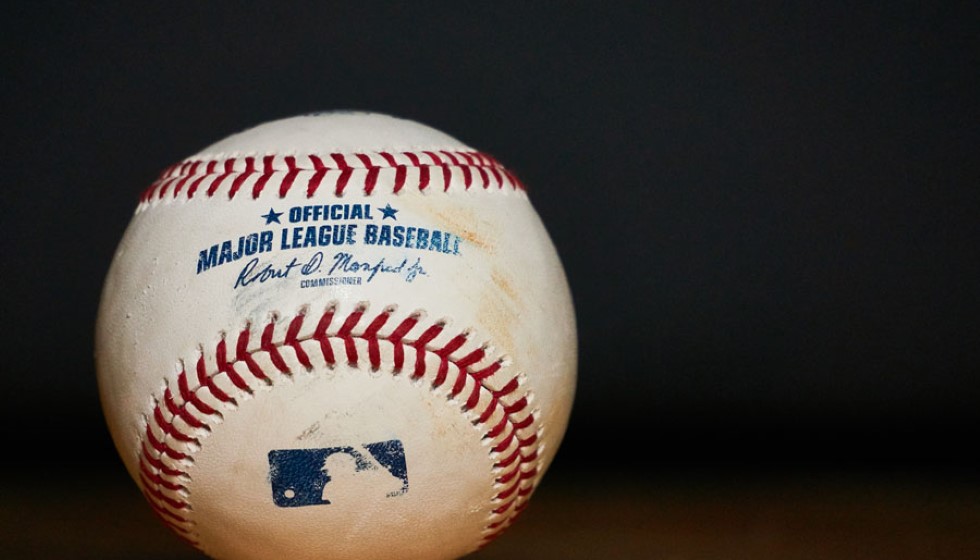
Tropicana Field: An Iconic Venue Weathering the Storm
Tropicana Field, a cornerstone in the annals of Major League Baseball and the revered home of the Tampa Bay Rays, has long been more than just a ballpark. Since its opening, it has been an eclectic venue, hosting everything from thrilling baseball games to unique entertainment events. However, its resilience was recently tested by an uninvited force of nature.
The Wrath of Hurricane Milton
Hurricane Milton, roaring ashore as a Category 3 storm around Siesta Key, left a trail of upheaval in its wake, and Tropicana Field was not spared. Its domed roof, a marvel of modern engineering, sustained significant damage. The structure, an architectural feat covering six acres, is crafted from translucent, Teflon-coated fiberglass, supported precariously by 180 miles of cables and struts. Designed to withstand wind speeds of up to 115 miles per hour, the dome's limits were severely tested as wind gusts approached 101 mph during the storm.
The devastation was not limited to structural damage. As rain pounded down, St. Petersburg reported a deluge of over 16 inches in just 24 hours, while nearly 2 million residents across the region experienced power outages. The storm’s magnitude made safety a priority, moving first responders to secure locations before landfall. "First responders had moved to a safe location prior to the storm's landfall and were not inside Tropicana Field when it sustained damage," assured Governor Rick DeSantis, emphasizing the commitment to human life above all else.
The Anatomy of Tropicana Field’s Roof
To truly grasp the extent of the damage, one must understand the innovative yet delicate nature of the dome. Tropicana Field's roof, notable for its impressive span and functionality, is characterized by a 6.5-degree slant. This design choice, while ingenious, makes it particularly vulnerable during extreme weather conditions. The intricate dance of cables and struts, pivotal in maintaining the structure, faced unprecedented pressures during Hurricane Milton, leading to the challenges now confronting the stadium.
A Multifaceted Venue with a Storied Past
Since 1998, Tropicana Field has played host to countless events beyond its primary identity as a baseball haven. Its versatility is one of its greatest assets, having welcomed sports franchises and music spectacles alike. This storied past makes the damage to Tropicana Field not just a concern for sports fans but for local communities who see it as a symbol of cultural engagement and economic activity.
As Pinellas County commissioners ratified public funding for a new Rays ballpark earlier this year, the timing now seems almost prescient. While no one anticipated that Tropicana Field would face such a profound test, the plans serve as a reassuring glimmer of hope. The new infrastructure promises to be more resilient, ensuring that the Rays and their fans have a secure home without the constant threat from the elements.
Looking to the Road Ahead
In the light of recent events, Tropicana Field stands as a testament to both architectural innovation and the natural world's unfettered power. While repairs and assessments continue, the resilience of the Tampa Bay community remains unwavering. This latest chapter in the life of Tropicana Field is a reminder of the ongoing relationship between human achievement and nature’s unpredictable forces.
As conversations surrounding Tropicana Field's future unfold, one cannot help but feel an underlying respect for what the stadium represents: a shared history, a place of joy and excitement, and now, a poignant symbol of endurance. The vibrant legacy of Tropicana Field will undoubtedly persist, echoing in the hallowed halls of sports journalism and the collective memory of those who regard it as much more than just a building—a cornerstone of their communal identity.